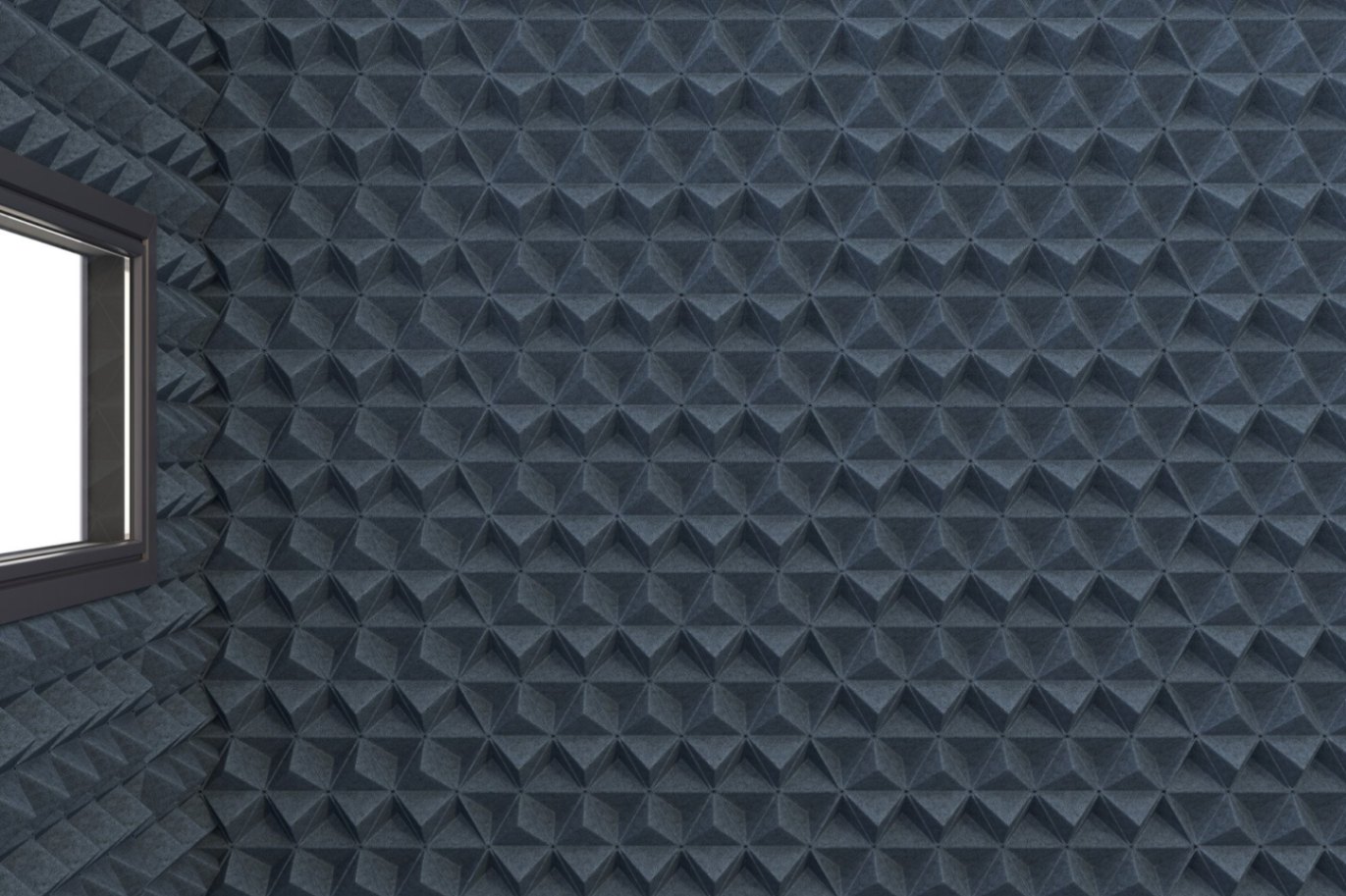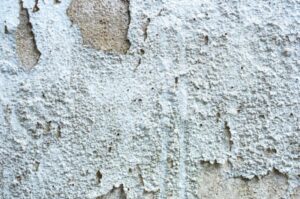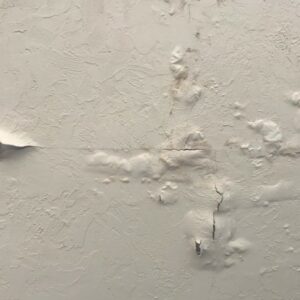In today’s noisy world, having control over the sound in your space is more important than ever. Whether you’re building a home studio, creating a quiet office, or just trying to enjoy a peaceful bedroom, soundproofing plays a big role in modern interior design. One of the most effective and widely used materials for reducing noise is drywall.
This article covers the techniques, materials, and science behind using drywall to make your space quieter and more comfortable.
Why Use Drywall for Soundproofing?
Drywall—also called gypsum board or plasterboard—is a common material used for interior walls and ceilings. While regular drywall on its own doesn’t block much noise, the right methods and materials can turn it into a strong barrier against sound.
Sound travels in two main ways:
-
Airborne noise – like voices, music, or a TV.
-
Impact noise – like footsteps or furniture being moved.
To reduce both types, good soundproofing combines four main ideas: mass, decoupling, absorption, and damping. These techniques can be very effective when using drywall the right way.
Methods for Soundproofing with Drywall
1. Add More Layers of Drywall for Extra Mass
Key Idea: Heavier walls block more sound.
Adding extra layers of drywall increases the wall’s mass, making it harder for sound to pass through. A popular method is to add a second layer of 5/8-inch drywall over the first one—especially effective when combined with a damping material like Green Glue.
You’ll Need:
-
Regular or sound-rated 5/8″ drywall
-
Green Glue Noiseproofing Compound (optional but helpful)
-
Sound-isolating clips or special screws (if decoupling is used)
Pro Tip: Use Green Glue between the layers to absorb sound energy and turn it into heat. This makes the wall much better at blocking noise.
2. Use Sound Isolation Clips or Resilient Channels
Key Idea: Decoupling stops sound from traveling through walls.
Sound isolation clips and resilient metal channels create a small gap between the drywall and the wall studs or ceiling joists. This gap helps block both impact and airborne noise.
You’ll Need:
-
Sound isolation clips or metal channels
-
Furring strips
-
One or more layers of drywall
Pro Tip: Mount the channels perpendicular to the studs and avoid direct contact between the drywall and the framing. Always follow the product instructions for best results.
3. Apply a Sound-Damping Compound
Key Idea: Damping gets rid of vibrations.
Green Glue is a popular product used between two drywall sheets. It turns sound vibrations into tiny amounts of heat, reducing how much sound travels through the wall.
You’ll Need:
-
Green Glue (in tubes or buckets)
-
Caulking gun
-
Two layers of drywall
Pro Tip: Spread the Green Glue in a random pattern—don’t go too close to the edges—and press the second drywall sheet in place right away. It takes about 7 to 10 days to fully cure and work at its best.
4. Fill Wall Cavities with Acoustic Insulation
Key Idea: Absorption stops sound from bouncing around inside the wall.
Before you cover your walls with drywall, fill the inside with acoustic insulation like mineral wool or fiberglass batts. This won’t block sound by itself, but it helps prevent echoes and sound buildup inside the wall.
Recommended Products:
-
Roxul Safe’n’Sound (mineral wool)
-
Owens Corning Acoustic Batt
Pro Tip: Place insulation snugly between studs without squishing it. Gaps or tight packing reduce how well it works.
5. Seal Cracks and Gaps
Key Idea: Even tiny holes let sound through.
If your drywall has gaps around windows, outlets, or seams, sound can easily sneak in or out. A fully sealed wall is key to good soundproofing.
You’ll Need:
-
Acoustic sealant (like Green Glue Sealant)
-
Foam gaskets for electrical outlets
-
Backer rods for larger gaps
Pro Tip: Seal all drywall edges—especially at corners, the ceiling, and the floor. Use putty pads around outlet boxes to stop sound leaks.
Optional Add-Ons: Advanced Soundproofing Materials
For areas that need even more noise control—like music studios, home theaters, or offices—you can upgrade to special soundproofing materials:
-
Soundproof Drywall (like QuietRock): Built with sound-absorbing layers for higher soundproof ratings in just one sheet.
-
Mass Loaded Vinyl (MLV): A dense, flexible sheet that adds serious sound-blocking power.
-
Acoustic Panels: These go on top of finished drywall to absorb sound and reduce echo, great for recording spaces or conference rooms.
Final Thoughts
At Drywall Medic, we believe true comfort starts with quiet. Soundproofing a room with drywall isn’t just about adding more material—it’s about using the right methods. By combining mass, decoupling, insulation, damping, and sealing, you can turn almost any space into a peaceful, private area.
Whether you’re working on a home studio, a remote office, or just want a quiet retreat, our team is ready to help with high-quality materials and expert service.
Contact Drywall Medic:
Victoria, BC: #136 – 2936 Amy Rd, Victoria, BC, V9B 0B2 | Phone: 250-880-8849
Vancouver, BC: 6894 192 St, Surrey, BC V4N 0B7 | Phone: 604-913-4656




